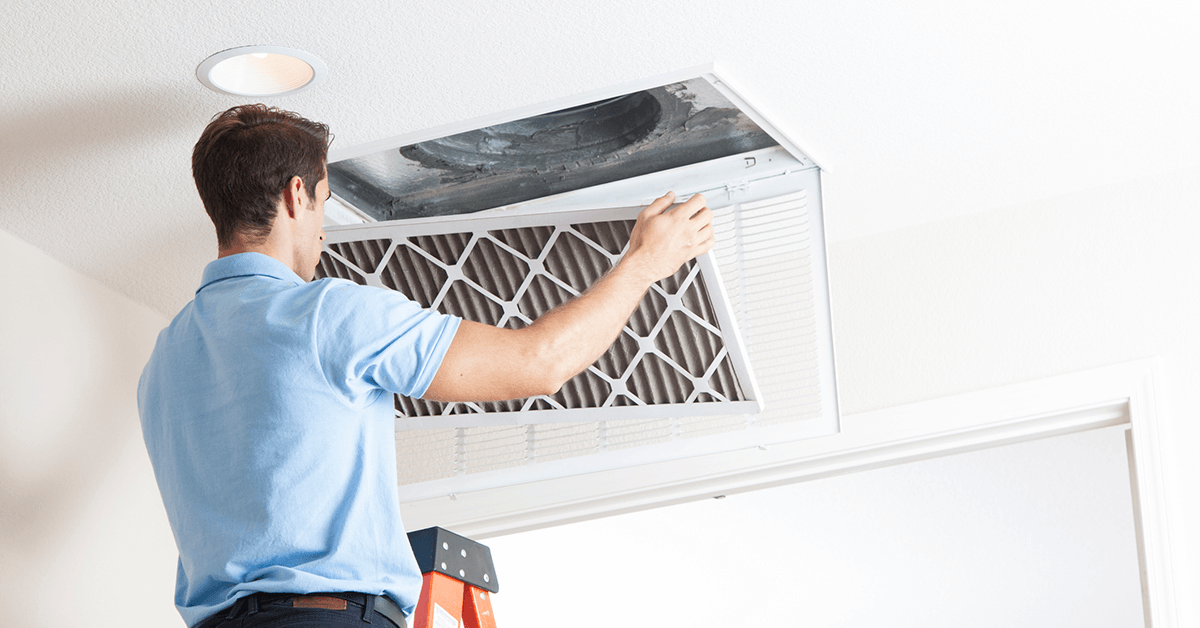
Clear the Air in Your New Home with These 3 Tips
Moving into a new home can be a stressful experience at any time but moving into a new home during a pandemic brings with it some additional concerns. According to the Center for Disease Control and Prevention (CDC) the risk for infection from contact with contaminated surfaces or objects is low. “The principal mode by which people are infected with SARS-CoV-2 is through exposures to respiratory droplets carrying infectious virus.”
During a move, your new home will likely be bustling with activity as movers transport your furniture, family members help carry in boxes, and painters give your walls a refresh. While you can’t completely eliminate the risk of COVID-19 during a move, you can reduce the risk of transmission through air particles by purifying the air before you move in.
Here are three ways to create healthier air in your new home.
There’s a reason why short-term rental companies like Airbnb and Vrbo urge their hosts to require a minimum 24 hours between rentals. The CDC reports that small droplets and particles can remain in the air for minutes to hours and can travel long distances (greater than 6 feet) over longer times.
If you can schedule your move in date to be at least 24 hours after the previous owners have moved out, the likelihood of droplets remaining in the air is reduced. If you want to be even safer, you should try to move in 24 hours after strangers (like contractors or movers) have occupied your home.
When you can’t space your move in date to follow the 24-hour guidance, your best bet is to focus on purifying the air.
The filter on your HVAC is designed to filter pollutants out of the air as it passes through. These filters can reduce particles containing viruses from the air in your home. Scientists have found that respiratory droplets with the potential to spread COVID-19 range from 0.5 to 15 microns in size. You’ll need an HVAC filter with a Minimum Efficiency Reporting Value (MERV) above eight to filter particles that potentially contain the COVID-19 virus. Ratings go up to 16, with higher ratings offering better filtering.
Remember that your filter can only remove particles from the air when the fan is running, so it’s a good idea to run the fan on your HVAC system during and after move-in day to ensure optimum air filtration.
Portable air purifiers have demonstrated the ability to remove 99.97% of contaminants from the air in our homes. This includes respiratory droplets that may contain the virus. However, for your air purifier to work well you need to buy the right one and use it under the right conditions.
You should choose an air purifier with a true high-efficiency particulate (HEPA) filter. Kevin Shim, director of Conway US (a home appliance company known for their air and water purifiers) says, “If you are looking for a high-performance air filter,” he says, “HEPA filters are among the best in the market today.”
Before buying an air purifier you’ll need to consider the size of that room or area you plan to use it in. Air purifiers are categorized by their Clean Air Delivery Rate (CADR) which “indicates the volume of filtered air from an air purifier in cubic feet per minute (CFM).” An air purifier with a high CADR rate and a true HEPA filter is going to give you the best chance of removing virus containing particles from your new home.
Air purifiers and HEPA filters for your HVAC system are two strategies that can reduce the risk of virus transmission in your new home. These interventions aren’t fool-proof but when used in conjunction with social distancing, mask-wearing, and limited in-home capacity, these strategies can make the air in your new home healthier on move in day.
Time to Focus on Affordable Housing
Taxes on real estate are not the answer. Sign the petition calling on Congress to address our country’s housing shortage.





